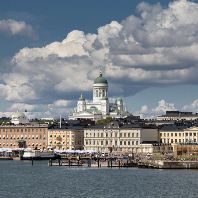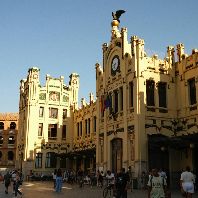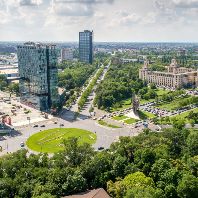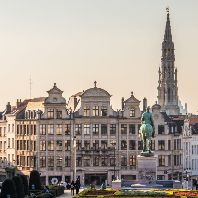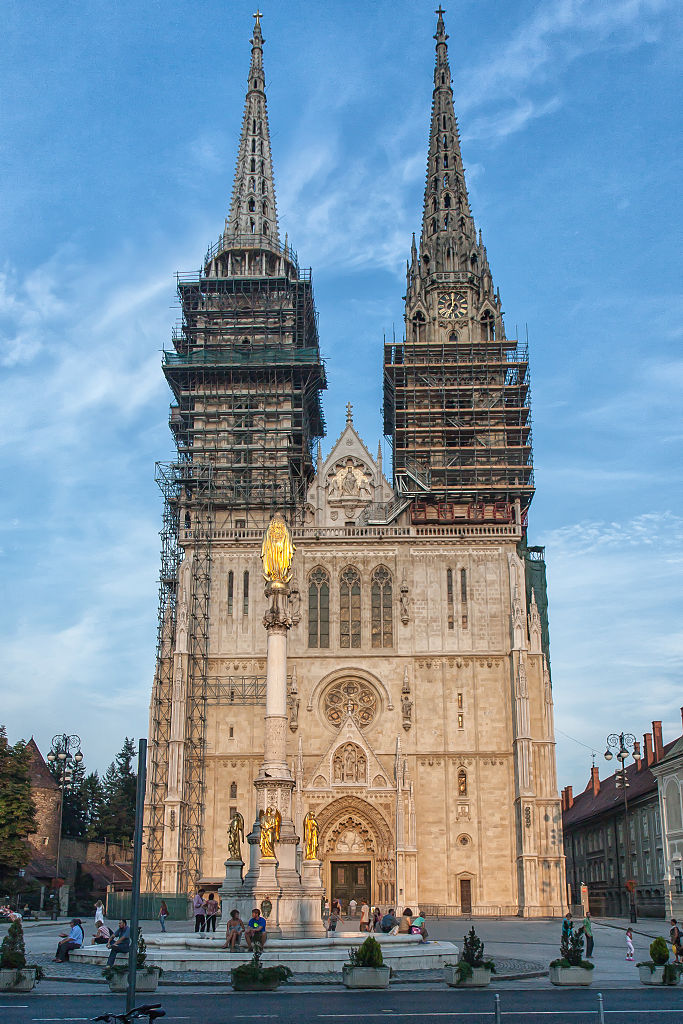 Zagreb@Sobrecroacia.com
Zagreb@Sobrecroacia.comECONOMIC OUTLOOK
From the end of 2008, through to the first quarter of 2013, the Croatian economy contracted on an annual basis in 15 out of the 17 quarters, growing by less than 1% year-on-year in those remaining two quarters. While the Croatian policymakers are attempting to extricate the country from this extended downturn they are facing strong headwinds. The domestic demand is affected by the weak performance on the labor markets as well as the tight credit conditions. At the same time, the Croatian export activity hit low levels given the ongoing Eurozone debt crisis.
INVESTMENT MARKET
Croatia is focused on taking advantage of its recent entry into the EU hoping that it will provide new opportunities for trade and investment. The EU entry will undoubtedly create opportunities due to features such as the free movement of goods which is one of the main advantages of the European Union’s common market. The Croatian industries should benefit from joining the EU as it will both boost investor confidence but, also diminish the administrative obstacles for doing business in the single market. There have been no property investment transactions to date in 2013 with investors continuing to prefer the larger, more established markets. We would estimate that prime yields for office, retail and industrial in Zagreb are between 8.25-8.75%, 8.25-8.50% and 9.50-10.00% respectively.
 Vrbani Office Building@Igor_Franic
Vrbani Office Building@Igor_FranicOFFICE MARKET
Q2 saw no new office completions in Zagreb, the total modern office stock stands at 1.25 million m². Approximately 77,000 m² are located in the pipeline with the majority of these expected to be finalized over the next 12 months. The increasing supply is undoubtedly affecting the vacancy rate, now reported at 17%. Demand remained consistent during Q2 2013 and the total take-up activity amounted to 9,803 m². The highest take-up was recorded in the Business District East which has been outperforming the Central Business District over the last few quarters. While prime rents remain stable at €15 per m²/ month, it is anticipated that they may come under downward pressure over the course of 2013, due to the increasing vacancy rate, the continuing economic challenges and the ever increasing availability of class-A stock. Secondary rents have fallen over the last year and are now reported to be between €9 and €11 per m² / month.
RETAIL MARKET
The EU entry could encourage new brands to open retail projects in Zagreb, principally due to the fact that customs tax will no longer be applicable to importing goods within the EU, although, we do not envisage any significant changes. New retailers entering the market are Decathlon, Koton and Polish footwear retailer CCC shoes. In terms of new developments, we consider Zagreb as being saturated and we do not foresee any new shopping center developments within the city, except for the completion of projects that are currently under construction. Rents have remained stable over the course of Q2 with average blended rents for modern shopping centers within Zagreb between €20 and €22 per m²/ month. Average prime high street rents in Zagreb range between €60 and €85 per m²/ month, with premiums achievable for top locations on Ilica Street. The lack of demand and reduced levels of retail spending may well put pressure on prime rents over the course of the year.
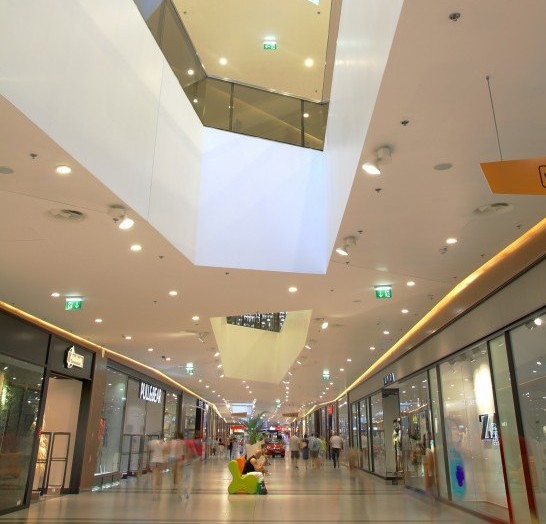 Portanova Shopping Center@Marco_Banic
Portanova Shopping Center@Marco_BanicINDUSTRIAL MARKET
There has been only one development completed over the last 18 months, which is the first phase of Immopark in Jastrebarsko. The high quality industrial and logistics stock amounts at 360,000 m², we do not anticipate any further speculative schemes to break ground during 2013. We have noticed that investors have been taking a greater interest in this market sector over recent times. This is partly due to the fact that there is currently an undersupply of modern stock, especially when comparing Croatia to other CEE markets. The majority of the stock is considered to be unconventional and not suitable for the needs of modern occupiers. Investors also see Croatia’s entry into the EU as key to potential increased activity in this market. It is expected that there will be a greater interest from foreign investors who may see Croatia as a gateway from East to West.
The potential in the Port of Rijeka is also something that will attract many people’s attention. The Port of Rijeka, together with ports in Slovenia and Italy have formed NAPA, which is an alliance formed to promote this area as a gateway into Europe particularly from the Far East. This will in turn create demand for good quality logistics space from which to distribute goods across the region. We currently believe that prime rents sit between €5.25 and €5.5 per m²/ month. This level has been reducing over the course of the last 12 months. Secondary rents are also being put under downward pressure with average asking rents now between €4 and €5/ m²/month.
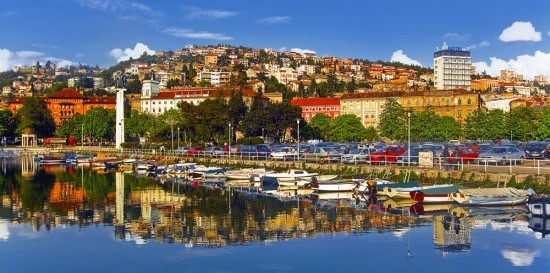 Port Rijeka@Sanja_Nikolic
Port Rijeka@Sanja_Nikolic


